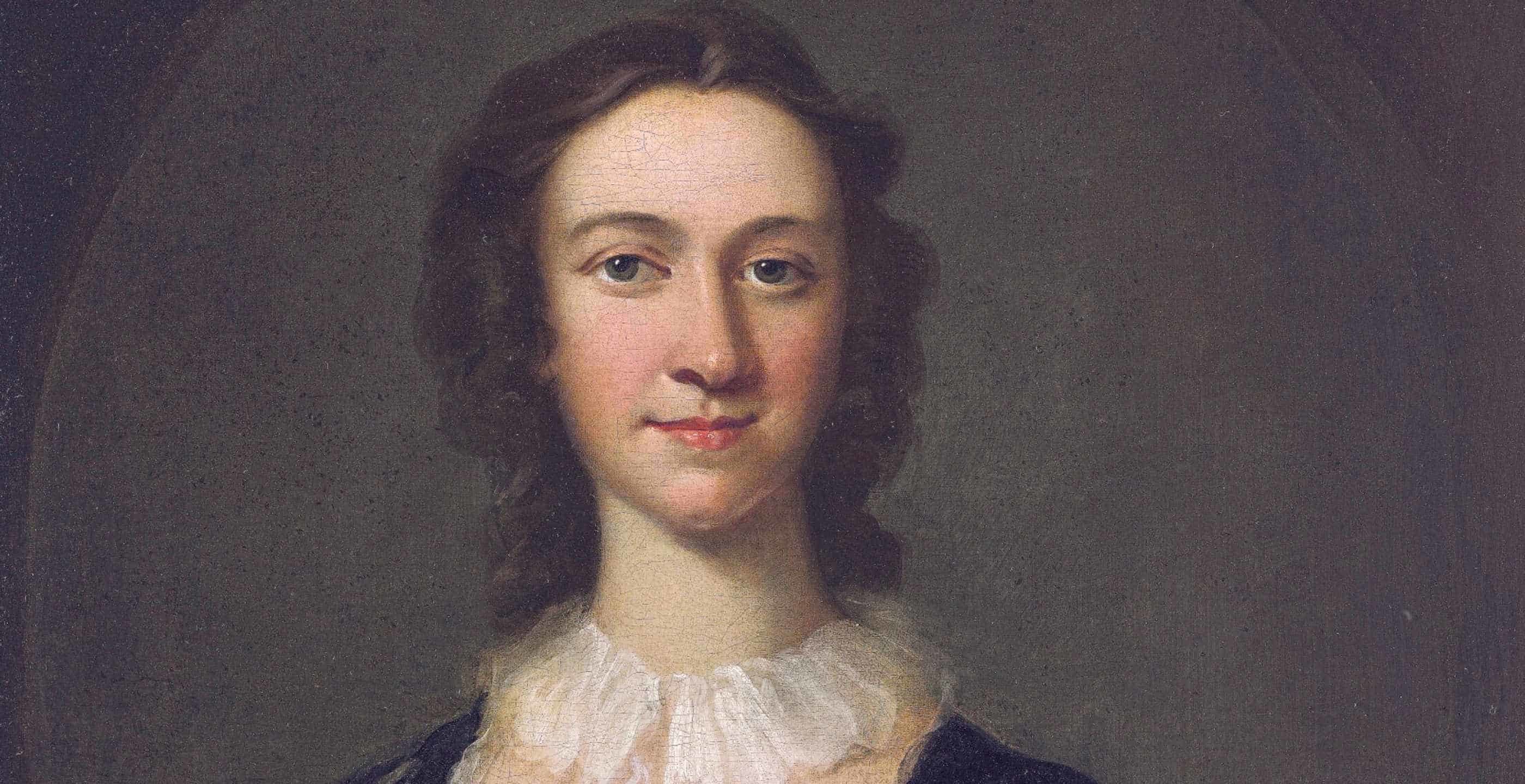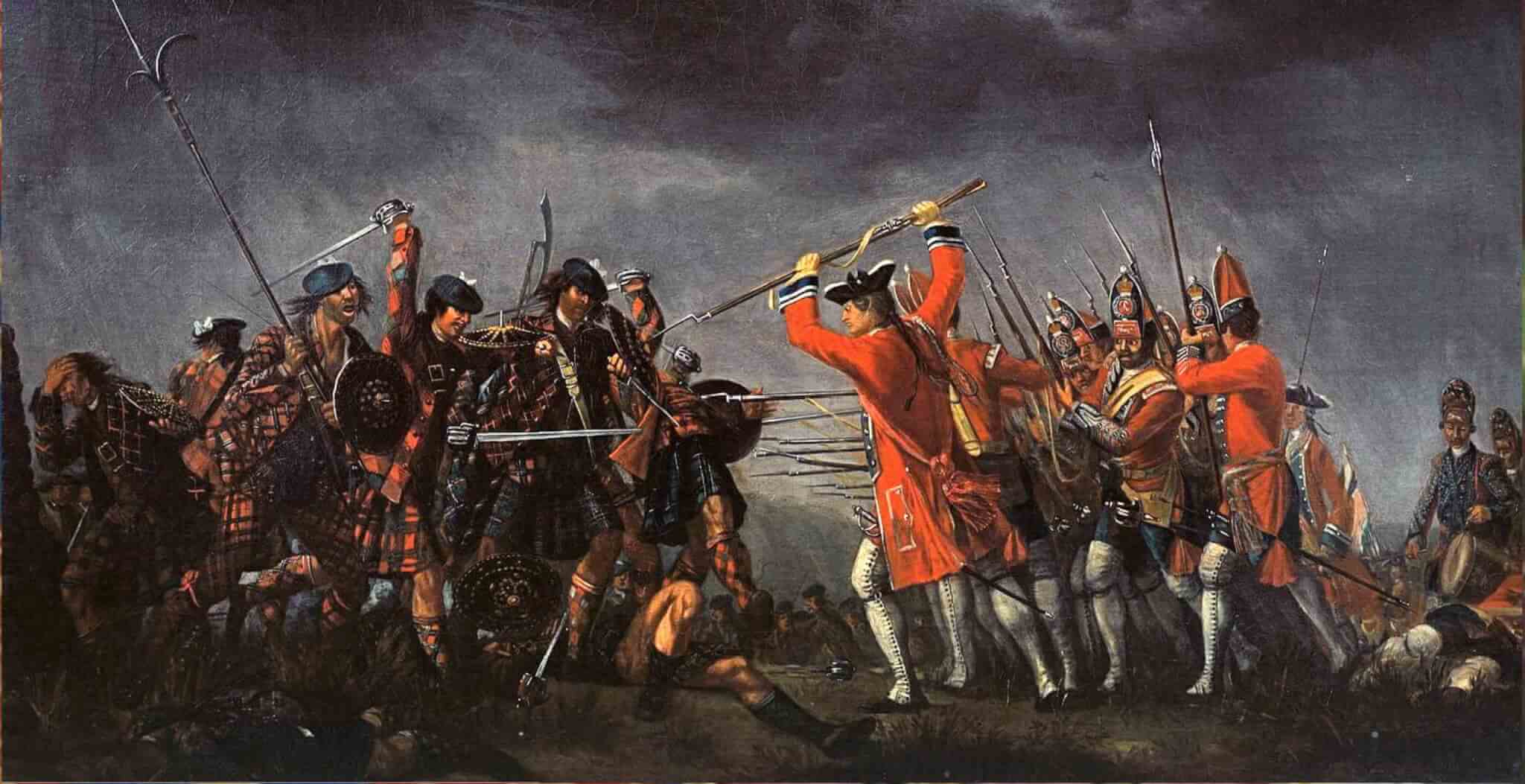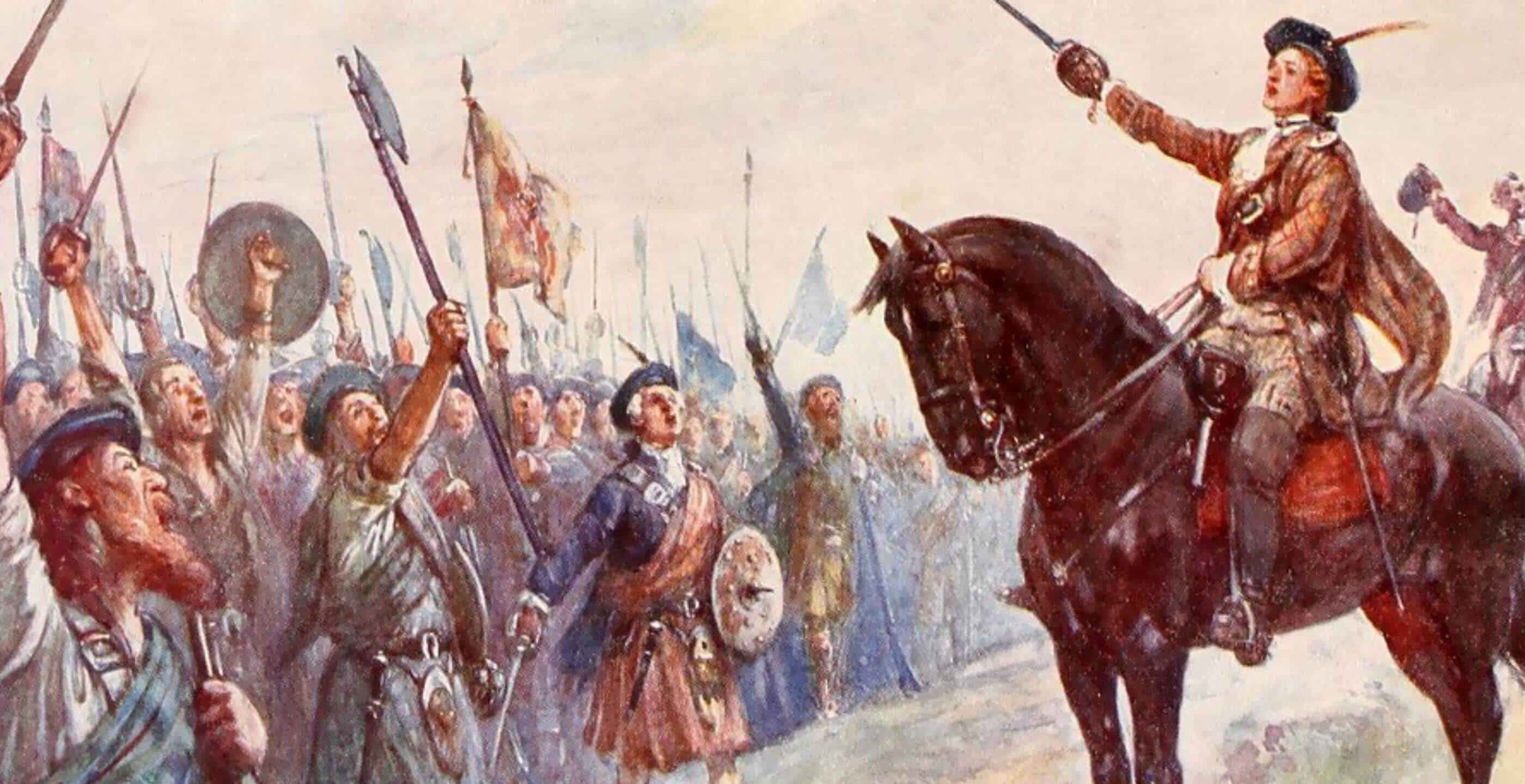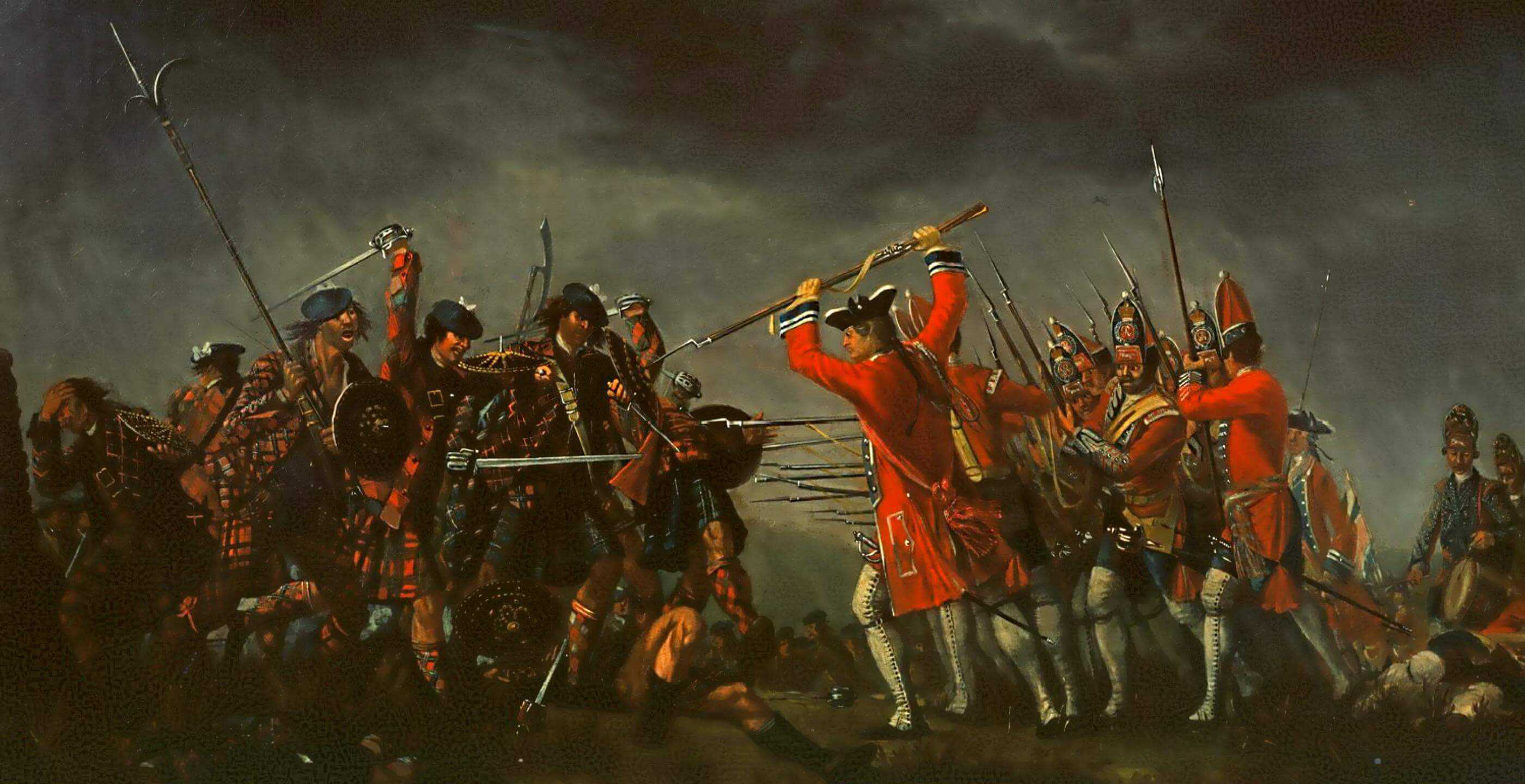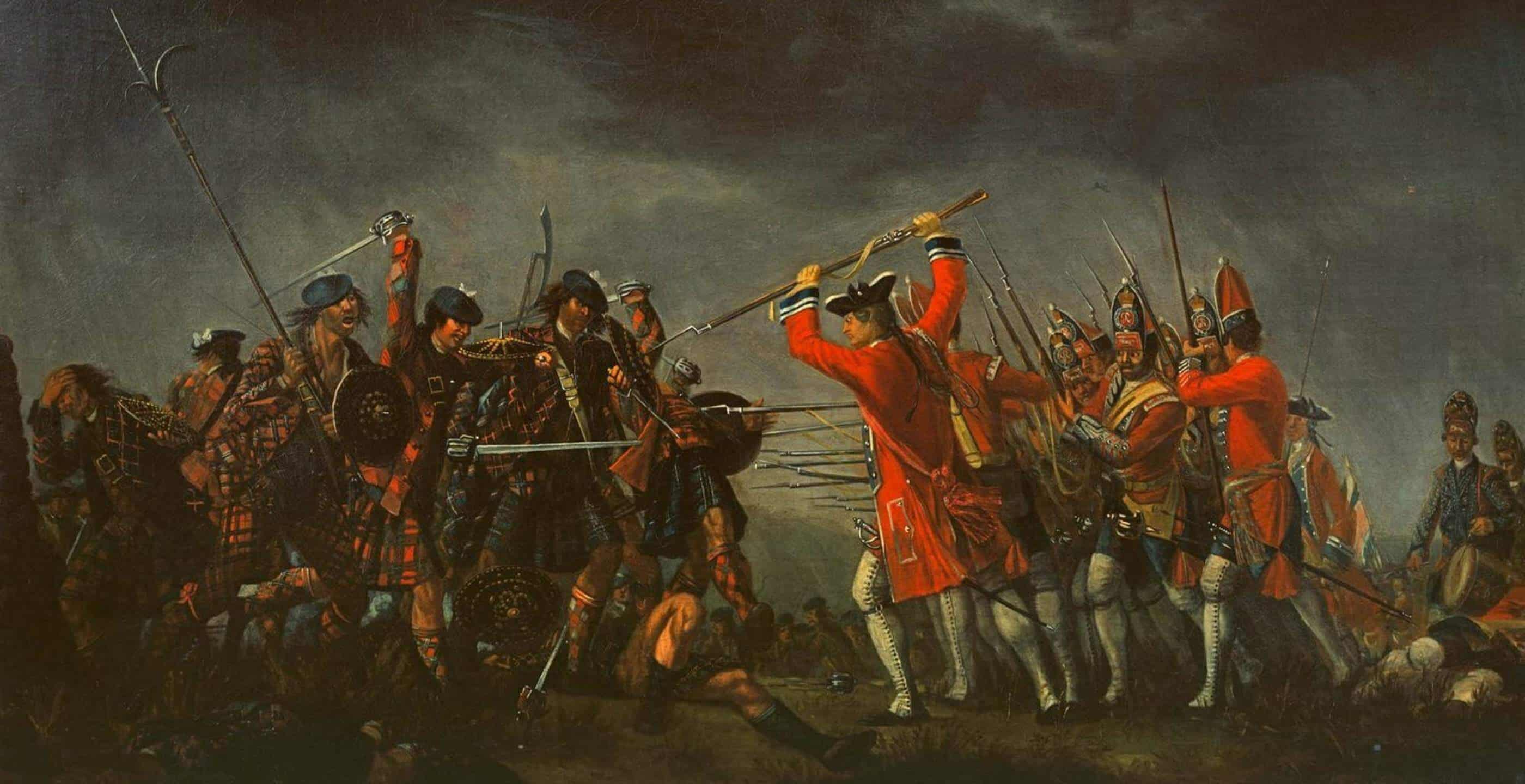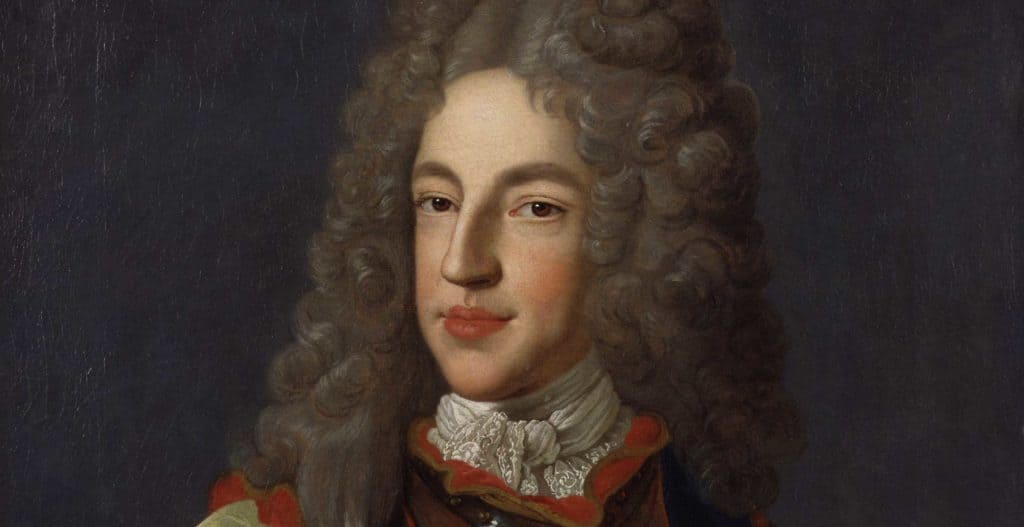One of the most romantic characters in Scottish history, Flora MacDonald is famous for helping Bonnie Prince Charlie escape from Scotland after the defeat of the Jacobites at the Battle of Culloden in 1746.
The grandson of James II of England, Prince Charles Edward Stuart, or Bonnie Prince Charlie as he was affectionately known, had led the second Jacobite Uprising of 1745 to overthrow King George II.
The part that Flora played in the escape of Bonnie Prince Charlie ‘over the sea to Skye’ is immortalised in the ‘Skye Boat Song’, published in 1884:
“Speed bonny boat like a bird on a wing,
Onward the sailors cry.
Carry the lad that’s born to be King,
Over the sea to Skye.”
After his defeat at the battle of Culloden Moor in 1746, Bonnie Prince Charlie was forced to flee for his life. After two months on the run he arrived at the island of South Uist where he met 24-year-old Flora. As both her step-father and her fiancée Allan MacDonald were in the Hanovarian army of King George II, she would have seemed an unlikely ally. However after some initial hesitation, she agreed to help the Prince escape.
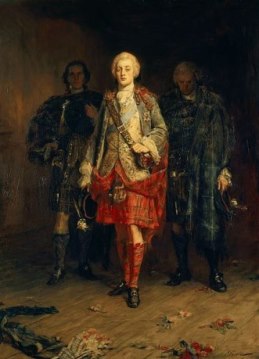
She managed to get permission from her step-father, the commander of the local militia, to travel from Uist to the mainland, accompanied by two servants and a crew of six boatmen. The Prince was disguised as Betty Burke, an Irish spinning maid. They set sail in a small boat from Benbecula on 27th June 1746, not to the mainland but to Skye, landing in Kilmuir at what is today called Rudha Phrionnsa (Prince’s Point).
After hiding overnight in a cottage, they made their way overland to Portree where the Prince was able to get a boat to the island of Raasay and from there, passage back to France. Charles is said to have presented Flora with a locket containing his portrait. They never met again. Charles died in Rome on 31 January 1788.
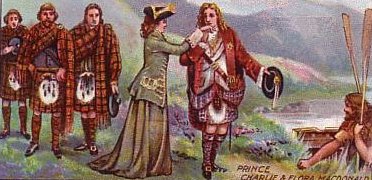
When news of the escape broke, Flora was arrested and imprisoned at Dunstaffnage Castle, Oban and then briefly in the Tower of London. She was released in 1747 and returned to Scotland.
But this was not the end of Flora’s adventures. In 1750 she married Allan MacDonald. Her fame was already spreading; in 1773 she was visited by the celebrated poet and critic Samuel Johnson. However with her husband in debt, in 1774 the family emigrated to North Carolina with their elder children, leaving the younger ones behind in Scotland.
The MacDonalds arrived in the New World just as the American Revolution was brewing. Flora and her family, like many Highlanders, took the side of the British. Flora’s husband Allan joined a regiment of Royal Highland Emigrants but was captured at the battle of Moore’s Creek. Flora was forced into hiding while the American rebels destroyed the family plantation and she lost everything.
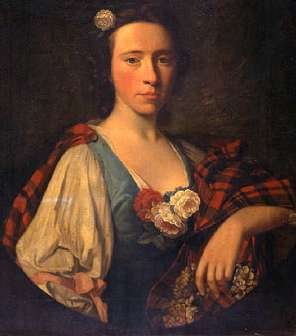
In 1779 Flora was persuaded to return with her daughter to Dunvegan Castle on the Isle of Skye. But her adventures continued; the ship she was travelling on was attacked by French privateers. This remarkable lady is said to have refused to go below during the fighting and was wounded in the arm.
On his release in 1783 her husband Allan followed her back to Scotland. Flora MacDonald died on 5th March 1790 and is buried at Kilmuir on Skye, her body wrapped in a sheet in which Bonnie Prince Charlie had slept. Samuel Johnson’s tribute to her is engraved on her memorial:
‘Flora MacDonald. Preserver of Prince Charles Edward Stuart. Her name will be mentioned in history and if courage and fidelity be virtues, mentioned with honour.’
